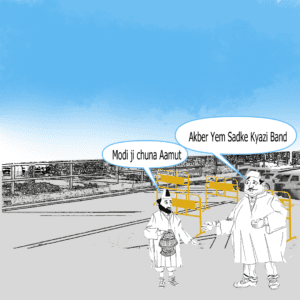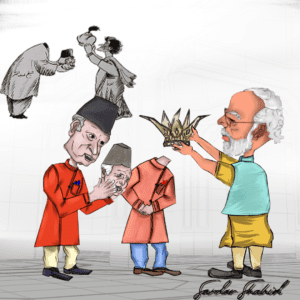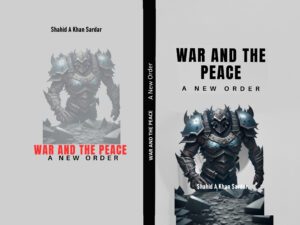Political Cartoons…
Are a fascinating blend of art and commentary, often providing sharp insights into the political landscape. They use humor, satire, and visual metaphors to critique and highlight political issues, leaders, and events. These cartoons have been a staple in newspapers and magazines for centuries, offering a unique way to engage with and understand politics.
Political cartoons are a unique and impactful form of visual commentary that use humor, satire, and symbolism to comment on current events, political figures, and social issues. These illustrations, often found in newspapers, magazines, and increasingly on digital platforms, provide a snapshot of political sentiment, revealing public frustrations, criticisms, or support for policies, leaders, and movements. Political cartoons have been influential for centuries, shaping public opinion and challenging the status quo through their witty, concise messages.

History of Political Cartoons
The origins of political cartoons can be traced back to ancient times, but they became particularly prominent in the 18th and 19th centuries, coinciding with the rise of print media. In the West, figures like James Gillray and Thomas Nast are among the earliest and most notable political cartoonists. Gillray’s works in 18th-century Britain criticized corruption and the monarchy, while Nast’s cartoons in the U.S. during the 19th century attacked political machines like New York’s Tammany Hall and its leader, Boss Tweed. Nast also played a pivotal role in popularizing political symbols like the elephant for the Republican Party and the donkey for the Democrats.
The medium grew alongside mass media, and as literacy rates improved, cartoons became a method for reaching a broad audience, including those who may not read traditional news articles. Their visual nature made complex political issues accessible to people of all ages and education levels.
Elements of Political Cartoons
Political cartoons rely on several key elements to convey their messages:
- Satire and Humor: Humor is central to political cartoons, often highlighting the absurdities, contradictions, or failings of politicians or policies. By exaggerating features or situations, cartoonists use wit to draw attention to flaws in political systems or leadership.
- Caricature: Politicians and public figures are often drawn with exaggerated physical features to make them instantly recognizable. This can involve magnifying particular traits, such as making a politician’s ears abnormally large to symbolize listening (or the lack of it), or using an oversized head to indicate arrogance.
- Symbolism: Cartoonists frequently employ symbols to represent broader concepts. For example, Uncle Sam is often used to represent the United States, while a dove symbolizes peace and a broken chain might signify freedom.
- Exaggeration: This technique magnifies aspects of an issue, policy, or figure, often to ridiculous extremes, to drive home a point. It allows the cartoon to communicate a strong opinion quickly, engaging viewers by showing the magnitude of the criticism or approval.
- Irony: Political cartoons use irony to reveal contradictions between reality and political rhetoric, highlighting hypocrisy or misguided policies. This sharpens the cartoon’s critical edge, providing thought-provoking commentary on serious topics.
Role in Society
Political cartoons play an important role in democratic societies by holding leaders accountable and providing a visual platform for dissent and critique. They encourage public discourse and allow for a range of political perspectives to be expressed creatively. By presenting a quick, visual punch, they can effectively distill complex issues into digestible messages, sparking debates and conversations.
During times of political tension, such as wars, elections, or social movements, political cartoons often reflect the mood of the people. They can also challenge oppressive regimes or ideologies. In authoritarian contexts, cartoonists may face censorship or punishment, as their satire poses a threat to those in power. Despite the risks, many cartoonists use their art as a tool of resistance, illustrating the importance of free speech.
The rise of social media and digital platforms has transformed how political cartoons are created and consumed. Cartoons are now widely shared online, allowing for instantaneous reactions to political events and the rapid spread of satirical commentary. This has democratized the medium, enabling amateur artists and independent voices to reach large audiences without relying on traditional media outlets.
At the same time, the digital age has brought new challenges, such as issues of misinformation and political polarization. The rapid circulation of images online means that political cartoons can sometimes be misinterpreted, taken out of context, or weaponized to promote specific agendas. Still, they remain a powerful medium for commentary in the modern political landscape.



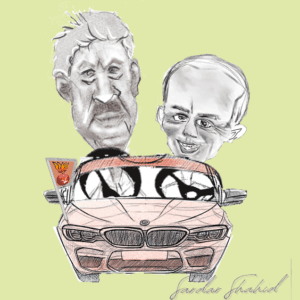
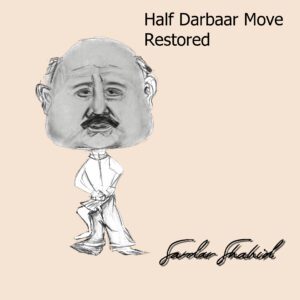
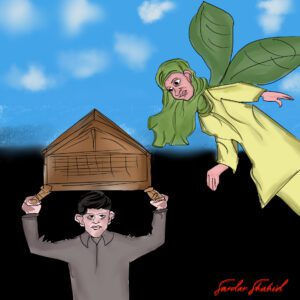

Conclusion
Political cartoons are a dynamic form of art that blends humor, critique, and commentary. They have evolved over centuries, but their core purpose remains the same: to reflect, challenge, and influence political discourse. By condensing complex issues into a single image, political cartoons offer a unique way to engage with politics, making them both an art form and a tool for democracy.
Duke Plus – Genuinely from Kashmir

